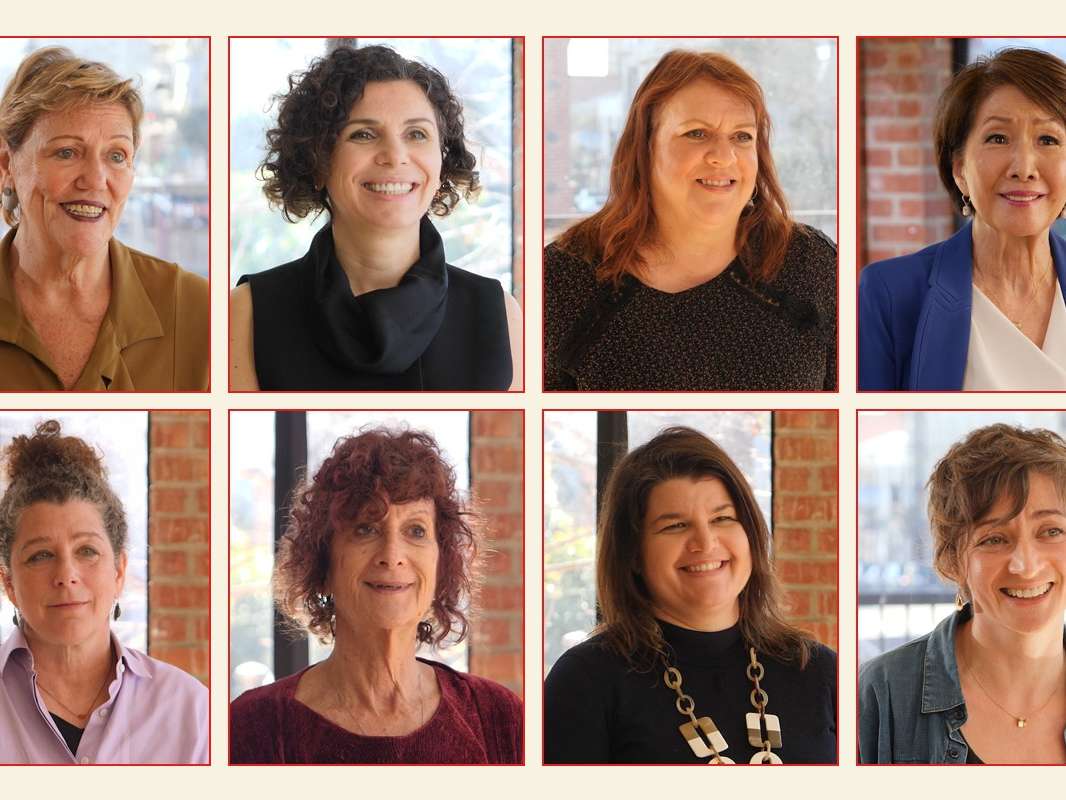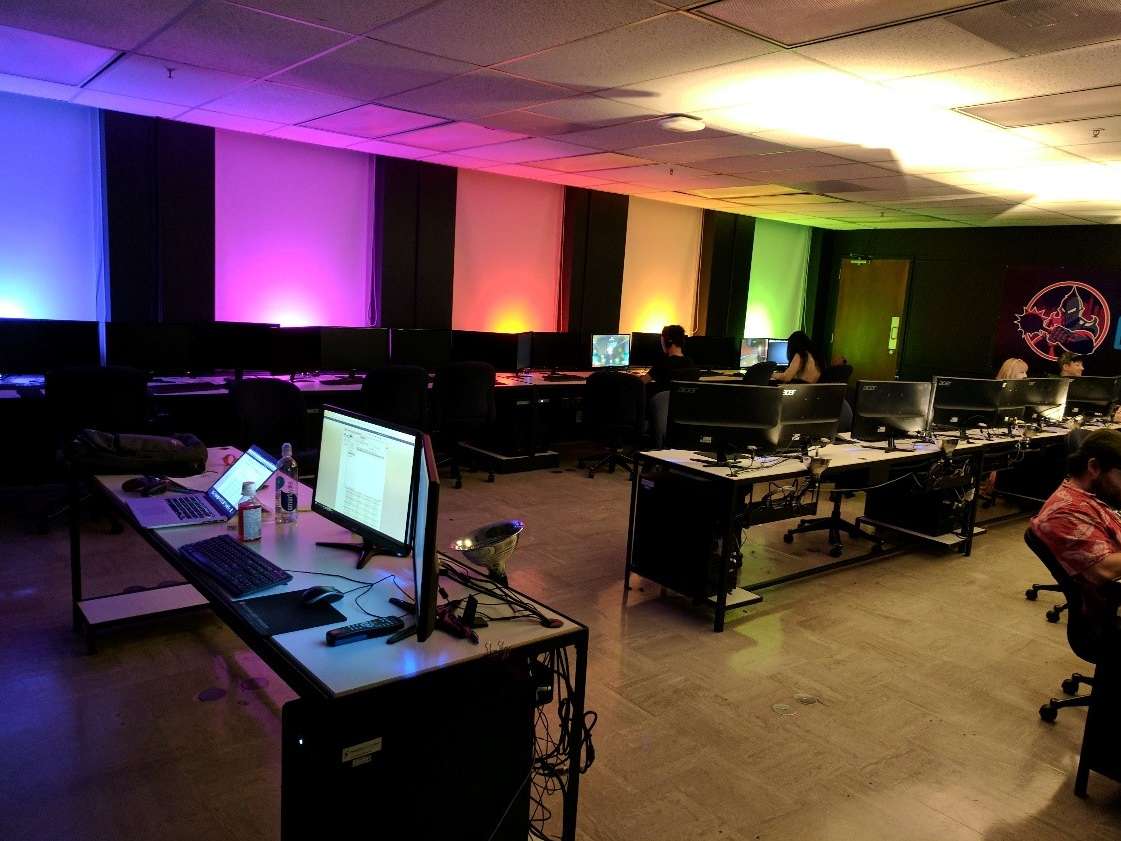Academy of Art University Students Partner with San Francisco City Officials to Combat Crime Using Augmented Reality
In an effort increase safety in the Tenderloin district of San Francisco, students at Academy of Art University are collaborating with city leaders to make sure their augmented reality app called Tenderfeels is on the phone of every resident in the neighborhood.
Notoriously known to locals as a gritty, high-crime, and drug-laden community, the Tenderloin is also home to the largest concentration of youth in the city. As such, it has long been an area of concern for police, residents, and city leaders alike.
As part of this partnership, Jay Nast, Chief Innovation Officer of Mayor Ed Lee’s Office of Civic Innovation (aka MOCI), will tour the Academy’s School of Game Development (180 New Montgomery Street) at 2 p.m. on Tuesday, November 28 to meet the student creators of Tenderfeels and listen to their pitch for the app. Together, they’ll work to win a $10,000 grant that is currently up for grabs to help fund the idea.
How does Tenderfeels work?
Tenderfeels is the brainchild of a team of four students who participated in an all-day hackathon sponsored by Tech in the Tenderloin in conjunction with the San Francisco Salvation Army Kroc Center.
Competing against students from schools such as Stanford University, University of California Berkeley, and Penn State University, the goal was to use augmented or virtual reality (AR/VR) to find civic and social solutions specific to the Tenderloin.
The Tenderfeels app uses AR to collect live, real-time data based on how residents’ moods relate to their current surroundings. In an interview with Academy Art U News, a student on the team referenced the Pixar movie, “Inside Out.”
Like the five emotional characters in the film, Tenderfeels users can report in real-time how they’re feeling block-to-block within the Tenderloin district. The emotions range from “happy” and “joyful” to “disgusted” and “angry.”
Other users can survey the results in real time and see why an area was marked with a certain emotion. For example, someone can mark that they’re feeling “disgusted” because of high traffic or an unhygienic environment.
The goal is to then collect the data and show it to schools and government organizations who can then identify problem areas, address them, and ultimately solve them.
“It’s not Pokémon Go, but it’s actually taking on real-world, real life issues to try to make the city a better place. What’s done here can easily be extrapolated out to other cities,” Steven Goodale, School of Game Development instructor said.
Check out photos of students working on Tenderfeels, available for publication.
Interested in learning more about the Academy and our working instructors in Game Development?








